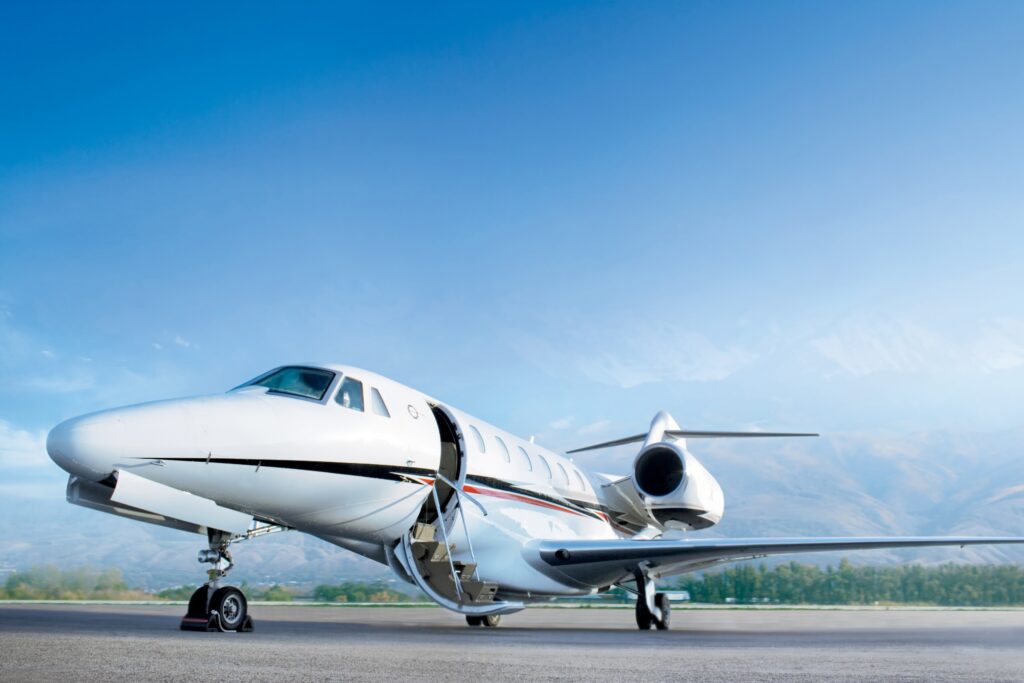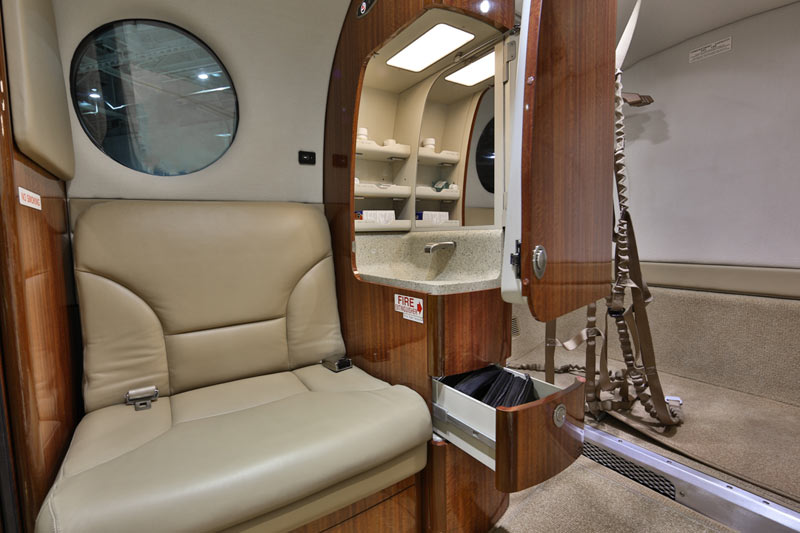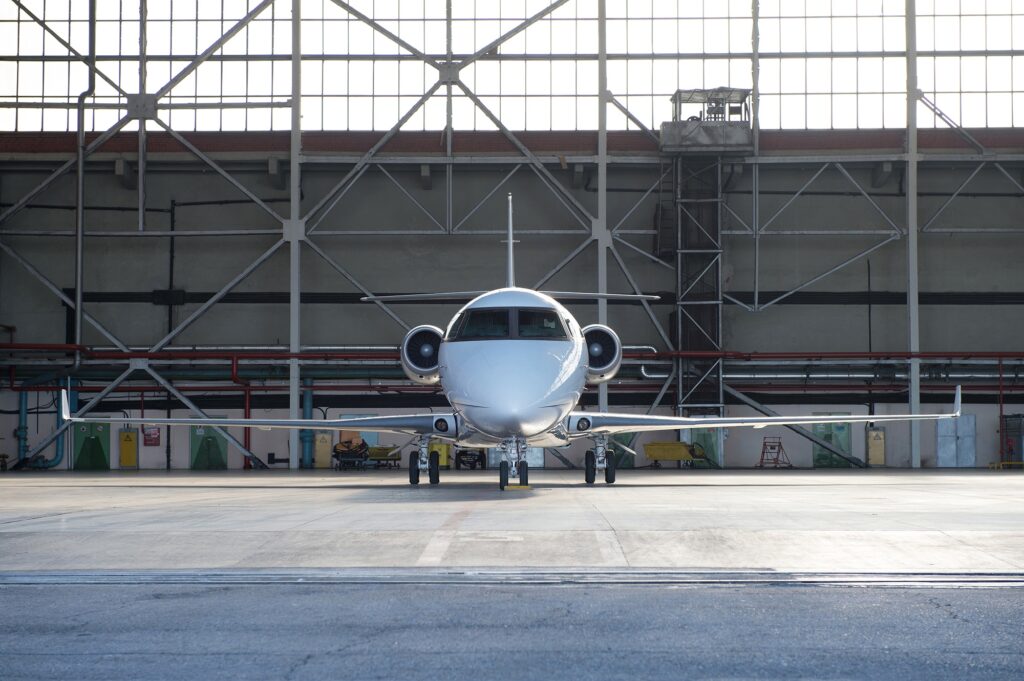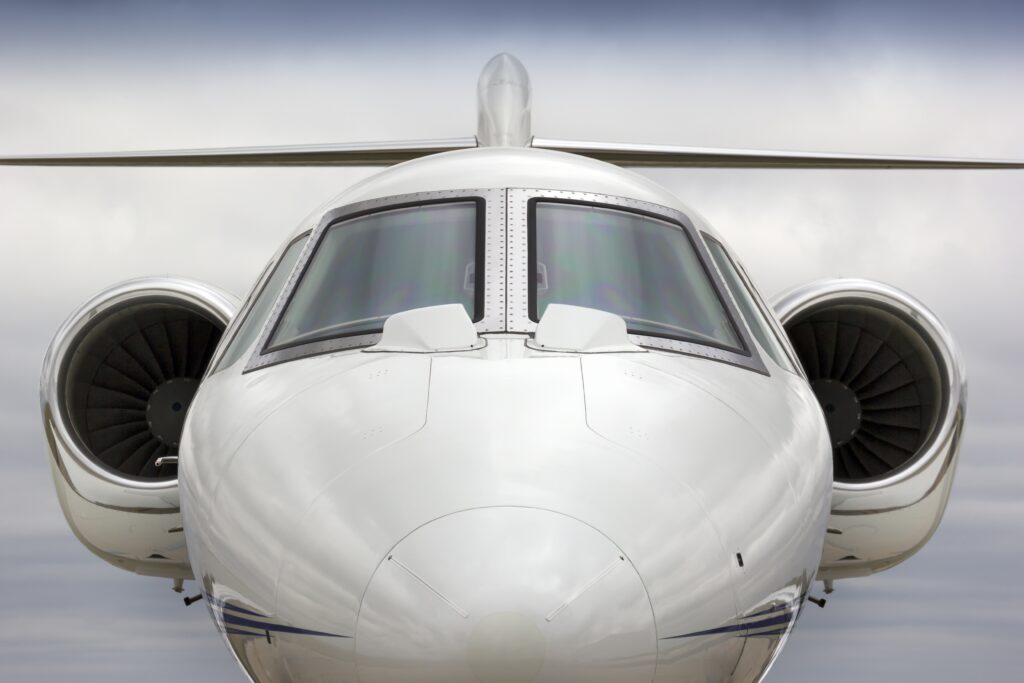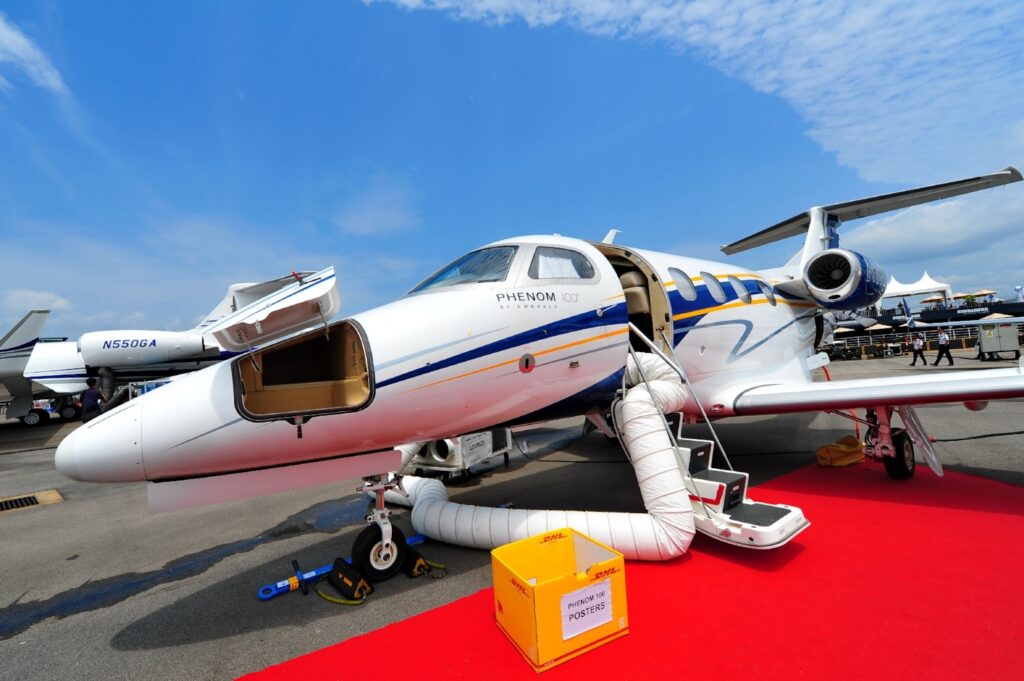In today’s aviation landscape, you have many options when you choose to fly private. Depending on your mission, some of those options may be more appropriate for you than others. In order to get the most bang for your buck, you’ll want to make sure you choose the right one.
On-Demand Charter
The first option I’ll go over is the one that requires the lowest level of commitment: on-demand charter. On-demand charter is when you simply buy private flights on a per-flight basis. For on-demand charter, you typically must book 12-plus hours in advance. One of its biggest advantages is the fact that you have an unlimited number of aircraft to choose from. Your local airport may not have the aircraft you want, or the aircraft you want may be out of your price range, but technically speaking, you can charter just about any make and model of private plane in the world, within reason.
With on-demand charter, there is no ownership of the aircraft involved. All of the details that come with ownership, like paying for maintenance, hiring crew members, dealing with insurance, etc. are completely taken care of. Of course, those things are included in the cost of on-demand charter, which is one of the reasons why it tends to be the most expensive option on a per-flight basis. One of on-demand charter’s limiting factors is aircraft availability. There are a limited number of charter operators out there, and the aircraft you want may or may not be available when and where you need it.
Subscription Model
The newest option in the aviation landscape is the subscription model. A variety of companies have come to the forefront with their subscription-based private travel options. Companies like JetSmarter and WheelsUp, to name just a couple, allow members to pay a membership fee that locks you in to fixed hourly charter rates, as well as some free flights between popular city pairs. With a subscription to one of these membership-based programs, you typically also have the option to purchase shared charter flights with other members, allowing you to reduce the cost of your charter flight.
Members also have access to a number of members-only events throughout the year. WheelsUp has become well-known over the past few years for their special events with popular golfers, entertainers, and more. Subscription models’ fixed rates are all-inclusive, meaning there are no relocation charges, additional crew fees, etc. The subscription model’s only limitations are its relatively high operational costs, supply (only 2,400 or so aircraft are approved for private commercial use in the US), and the lack of safety and comfort that comes with sharing charter flights with people you don’t know personally.
Jet Card
Another option with limited commitment is the jet card. Companies like NetJets, Flexjet, Flight Options, Sentient Jet, XO Jet, and Jet Linx offer jet cards that consist of prepaid hours, typically in 25- to 50-hour increments, in a specific type or size of private aircraft. Like a subscription-based membership, your hourly rates are pre-negotiated and often discounted. Although your hours are typically limited to a type of aircraft, you do have flexibility on the make and model, making it easier to find a plane that meets your specific mission.
Fractional
Fractional ownership is another option you have that’s a step down from outright ownership. It’s the second-highest level commitment, considering there is an element of aircraft ownership. With fractional ownership, you own a fraction of the aircraft, which is anywhere from 1/16 to 1/4 share. Your fractional share gives you access to a certain number of hours on that aircraft.
Fractional ownership also gives you the option to own a fraction of several different sizes of aircraft, giving you the flexibility to choose between different aircraft to fit different missions, while also giving you some of the freedoms that aircraft ownership offers. Fractional owners typically have minimal involvement in the asset’s management, giving them more time to focus their businesses or personal lives, whereas outright ownership can mean dealing with maintenance, crew management, and other day-to-day responsibilities.
Ownership
Outright ownership is pretty straightforward. In this scenario, you own the entire aircraft. You’re free to fly whenever you want, wherever you want, with whomever you want. You’re free to customize the plane to your liking, choose the size and type of aircraft you want, and hire whatever crew members you want.
Of course, the biggest limitation of ownership is cost. If you fly enough to justify the purchase, however, outright ownership can be the cheapest option on a per-flight basis. Aircraft ownership also gives owners significant tax benefits. The ability to depreciate the asset allows owners to write off a percentage of the purchase price, plus the operational costs.
The key to maximizing value and efficiency with outright ownership is surrounding yourself with the right team, be it a management company, broker, lawyer, crew, or whoever else you may hire to help you through the process of aircraft ownership.
On that note, I’ll be hosting a free webinar on Thursday, March 16th titled “How to Save Six Figures on Your Next Airplane,” to help you navigate through some common pitfalls that can cost you money during the purchase process and throughout your aircraft ownership. To register, click on this link.

